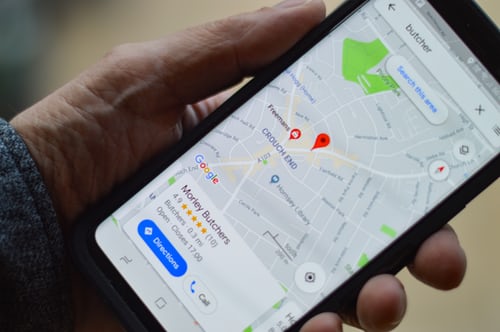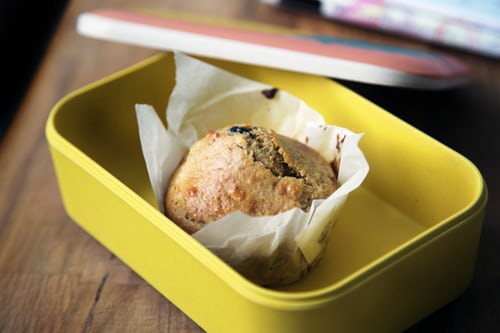THE HOLIDAY SEASON IS when we’re more likely to set out on a car trip longer than we usually tackle. Some of us take the car because it’s cheaper and more convenient that other means of transport (such as a plane, train or bus). You can stop where and when you feel like it. You don’t have to share with people you don’t know. And you have transport when you get where you’re going.
Like any major undertaking, preparation is the key to making sure everything goes smoothly.
Get your car in shape
- Check your lights
Have someone sit in the driver’s seat and operate the lights. Check that they all work: headlights (high and low beam), fog lights (if fitted), daylight running lights (if fitted), indicators, brake lights (including high level if fitted) and the number plate light (you’d be amazed how many forget this little item). If you find any lights aren’t working, it’s relatively easy to replace them yourself, but if you aren’t confident to do so, get your dealer to do it, or ask if your local auto parts store can do it for you.

- Check your tyres and tyre pressures
Visually inspect your tyres for any cracks or bulges in the sidewalls. Check that the tread depth is sufficient – here’s a tip: if the tread doesn’t reach the platypus bill on an Australian 20-cent piece inserted into the tread, there’s less than 3mm and it’s time for replacement. Sustained high speed puts additional stress on tyres. Inflate your tyres to the pressures indicated in your owner’s manual or on the placard usually found in the door jamb. And don’t forget to check the condition and tyre pressure of the spare. If it hasn’t been done for a while, have the wheels aligned and balanced.
- Check the battery
Have a mechanic test your battery, or ask at an auto part store or car battery retailer, either of whom will usually do it for free.
- Check your fluids
Cars need oil, so check that the oil level is to the max and that the oil filter has been replaced recently. If it’s an automatic, check that the automatic fluid is topped up and doesn’t smell burnt (a sure sign of trouble).

- Check your wiper blades
On a long trip, your windscreen can collects more road grime than on short trips at home, so check that your wiper blades are in top condition. If your wipers shudder in use, or leave smears or streaks, it’s time to replace them. Even if they seem okay, cracks and tears reduce their effectiveness. Many auto parts stores will install them for free while you wait.
- Check your washer fluid
Before you set off, ensure the bottle is full and add a reputable windscreen washer additive – water alone won’t be as effective. Just be sure that you’re topping up the washer bottle and not something else (such as the brake fluid reservoir or radiator overflow tank). The washer bottle on modern cars is clearly marked and often has a blue cap. If you aren’t sure, check your owner’s manual.
- Get your entertainment sorted
If you’re travelling with children, prepare a portable DVD player with their favourite entertainment or games. Download your favourite music to your phone, laptop or mp3 player and make sure you know how to pair it with the sound system, or, if you prefer, download your music to a USB.

- Be properly equipped
A mobile phone (and a charger for it) is about the best insurance you can carry. It is also prudent to carry a torch, first aid kit including pain killers and travel sickness tablets, fire extinguisher, warning light or reflective triangles, jumper leads (although you need to take care when using these in a modern vehicle) and suitable clothing (including hat and gloves) in case you get stranded in adverse conditions. You may also consider carrying a hi-vis vest to make yourself more visible to other motorists if you have a roadside problem. And here’s another tip: find your car’s spare key and take it with you in case you lose your primary key, and keep it in a separate place.
- Trust someone else
If you are a member of one of the motoring associations, your membership usually includes roadside assistance should a problem arise. Check that your motoring association membership is current, and check that roadside assistance will be available where you are travelling. Also, many new cars now include roadside assistance in the purchase price (check if it’s still current – roadside assist ranges from one year to as much as seven years, but it won’t help you if yours has expired).
Plan your journey

- Take a map
Even if you’re relying on GPS it pays to carry a map or road atlas – Australia has some notorious mobile blackspots. Consider when and where to schedule rest stops and don’t overestimate your daily mileage goal. Older drivers in particular are susceptible to fatigue, so don’t drive longer than two hours without a stop. And if you’re heading somewhere remote, plan where to refuel. If possible, avoid peak hour in any cities you have to traverse.
- Go online and research
Trawl the internet for interesting things to see, both on the way and when you get to your destination. Check out restaurants (and other people’s opinions of them), attractions (and how much they cost), side trips and day trips and accommodation, if required.

- Pack some snacks
Stopping for a meal on the road isn’t always convenient and can get expensive, so pack some favourite snacks in resealable bags. If you’re car proud, avoid crumbly, flaky snacks, and don’t let snacking distract you from the road. And carry bottled water.

- Be prepared to spend
Naturally, you’ll take a credit card, but some places are cash-only, and in more remote areas it can be difficult to find an ATM, so take some spare cash along.
Have fun
There’s so much to see and do on a road trip, so don’t rush it. Take your time to smell the roses. And drive safely so you can enjoy the destination and come home safely again.
If you’d like to learn more about issues affecting older drivers, retirement, health, superannuation, travel and much, much more, subscribe to YourLifeChoices (it’s free) at https://www.yourlifechoices.com.au/ and listen to the podcast (including interviews with seniordriveraus) hosted by Kaye Fallick and John Deeks at https://www.yourlifechoices.com.au/podcasts/mind-your-own-retirement
